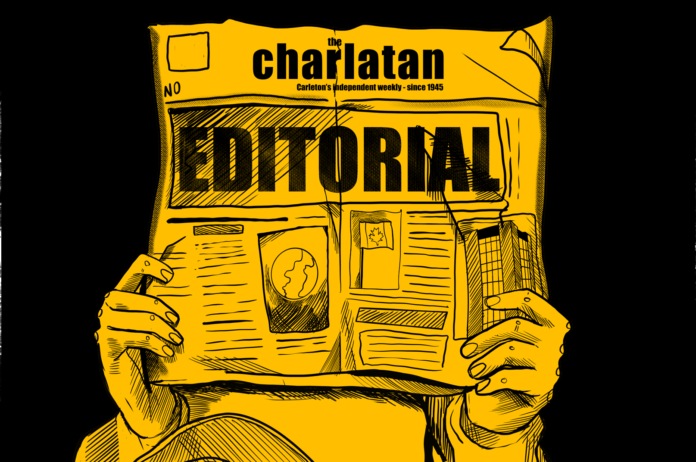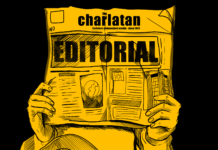The importance of clear and digestible scientific communications has never been more apparent than during the COVID-19 pandemic. As distrust of medical and governmental institutions builds, authority figures must ensure two-way communication between medical authorities and the public.
Since the COVID-19 pandemic began, citizens have complained about governments’ and public health officials’ changing rules and confusing language. Even experts have expressed confusion regarding the interchangeability of terms like “lockdown” and “shutdown,” particularly as Ontario tightens its restrictions once again.
Critics have said more citizens would likely follow COVID-19 recommendations if authority figures communicated their ideas in transparent ways, rather than using ambiguous language or jargon.
Two-way communication, which allows scientific authorities the opportunity to build a relationship with the public by adapting communication to people’s need for information and their ways of understanding it, is currently regarded by many as the ideal science communication model. However, one study from 2017 found it is seldom incorporated in science communications training and campaigns, despite the fact that it specifically works against ambiguity and confusion by taking into account what audiences already know.
The confusion over public health guidelines manifesting as a result of unclear, one-way scientific communication during the pandemic has been worsened by public mistrust of institutions. In particular, scholars have found people of colour carry “legac[ies] of mistrust” toward health-related authorities and institutions due to a history of mistreatment by the largely eurocentric western medical community.
Understanding this mistrust is essential if authority figures wish for patients to seek out and receive adequate healthcare. It is essential for alleviating mistrust and providing accurate information about COVID-19. Those attempting to spread scientific messaging during the pandemic must take into account those who may be apprehensive or confused by the information coming at them from all different directions.
Authority figures must drop elitist language and meet citizens where they are in order to build trust in COVID-19 communications and scientific institutions—starting with prioritizing two-way science communication.
Featured graphic from file.





